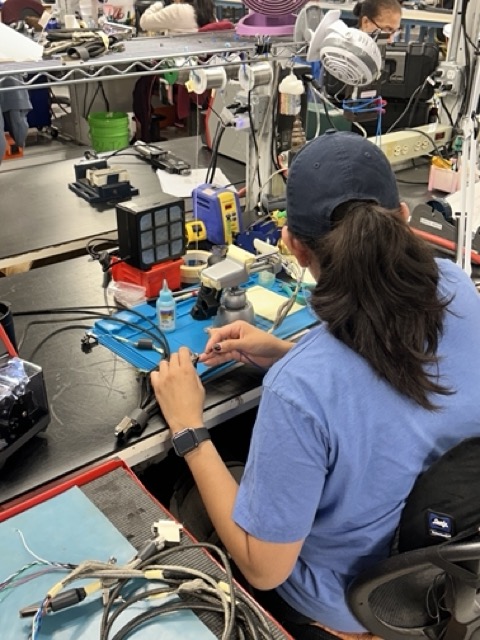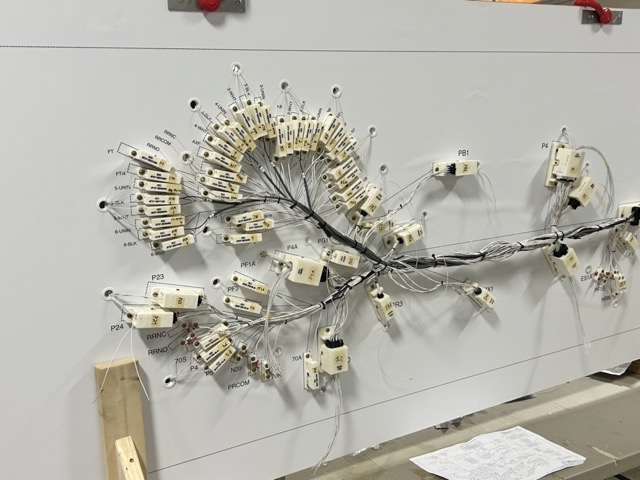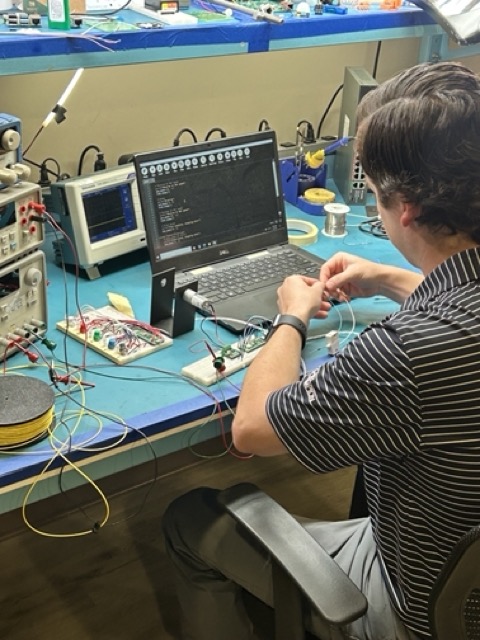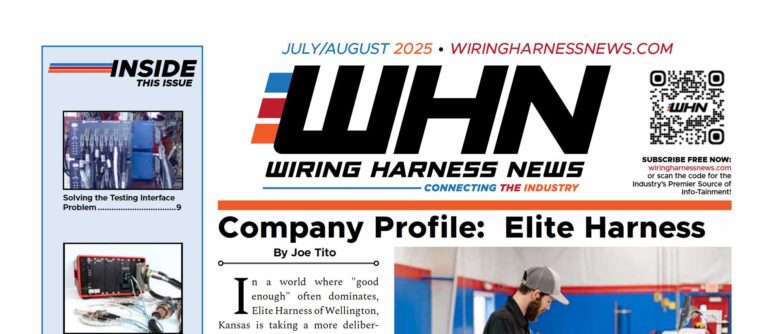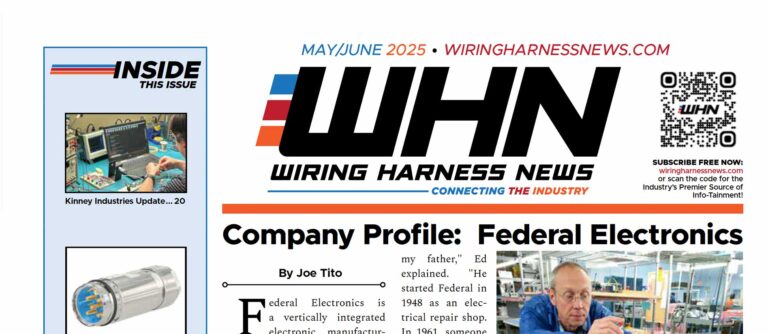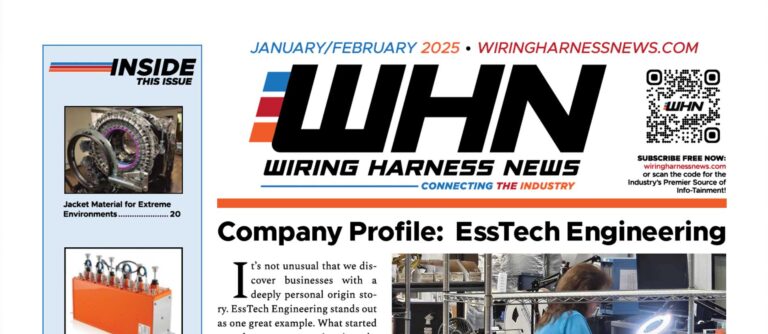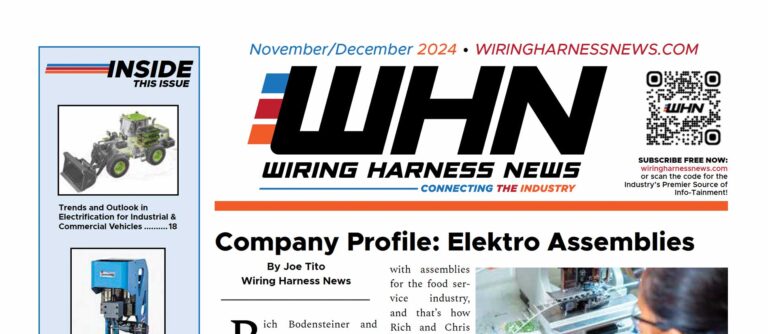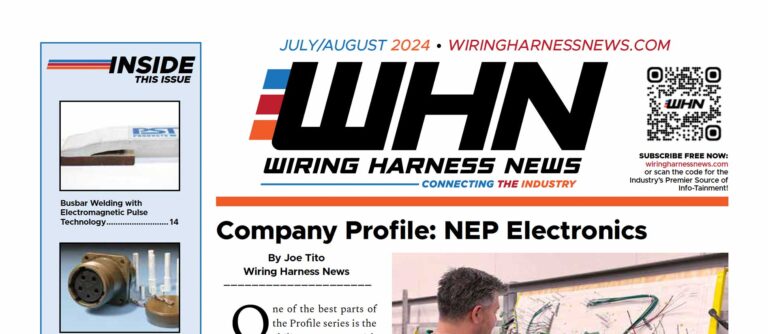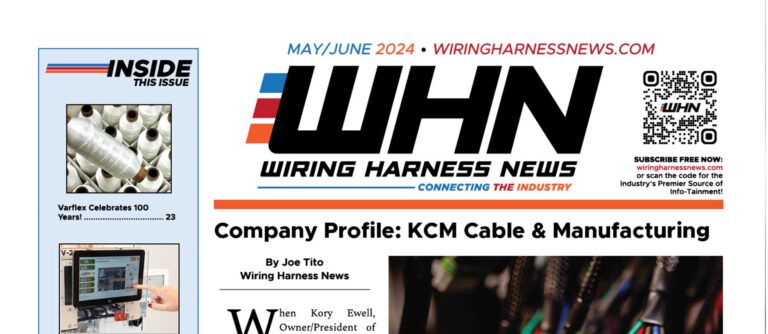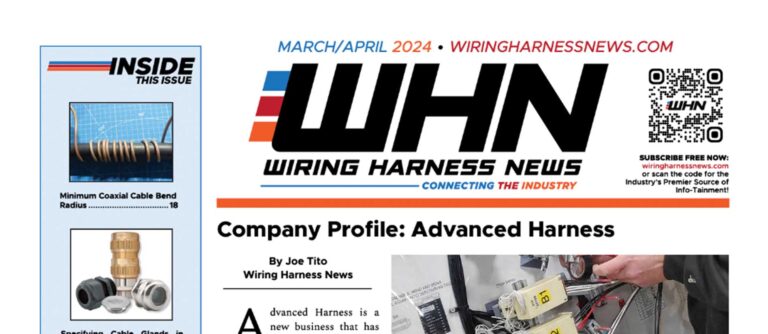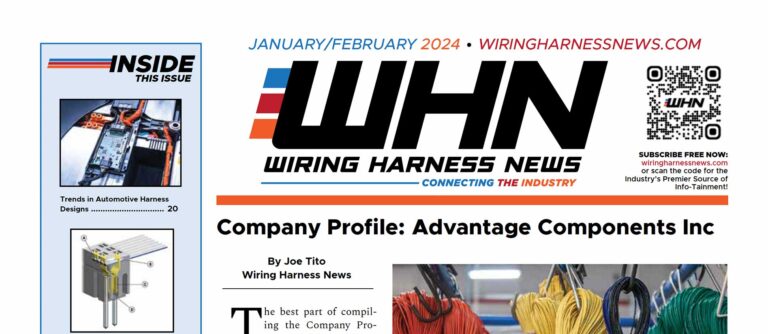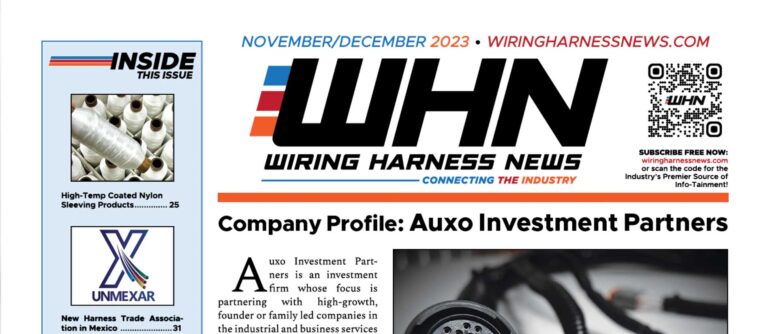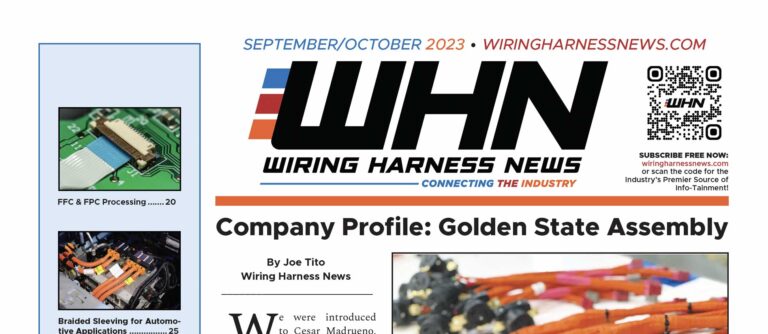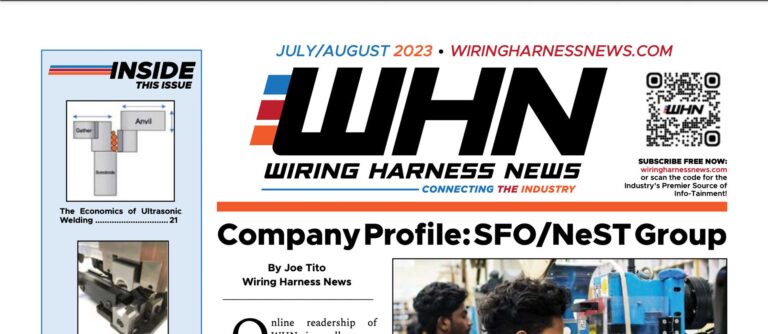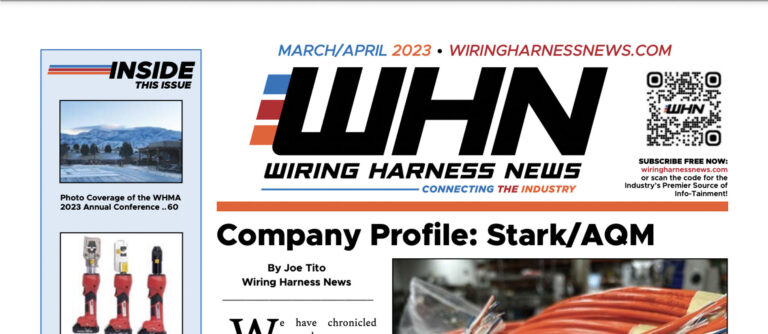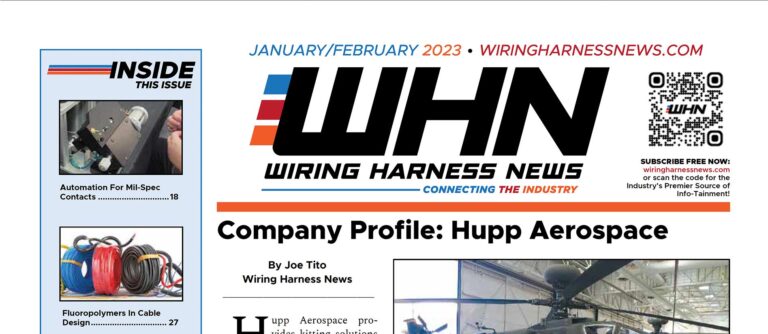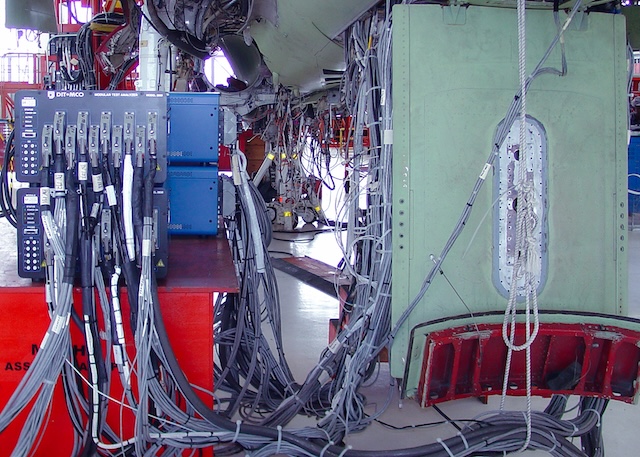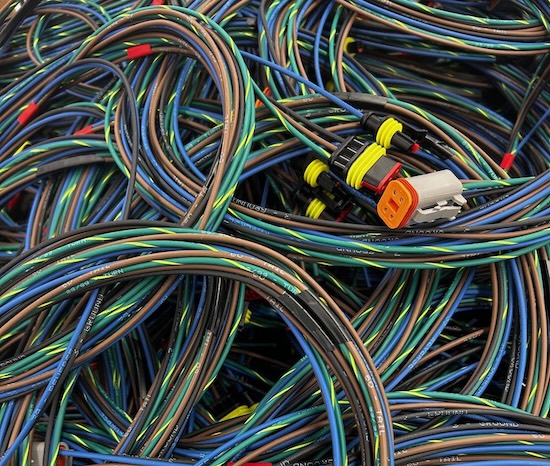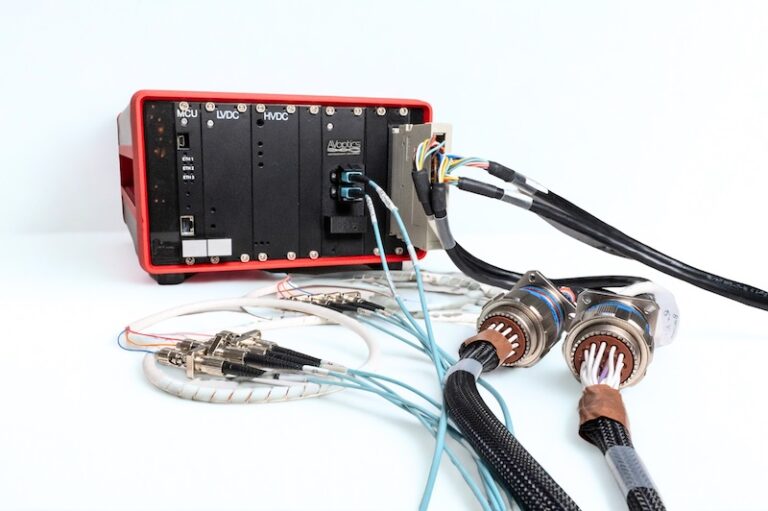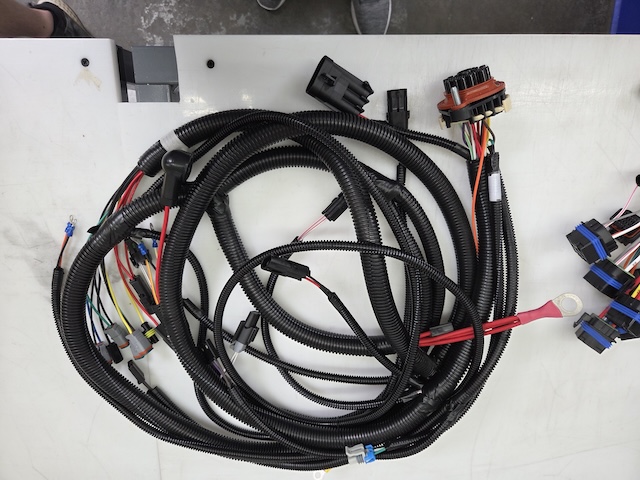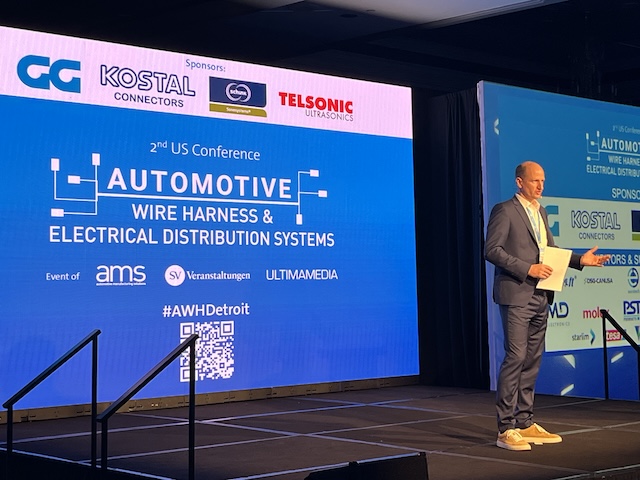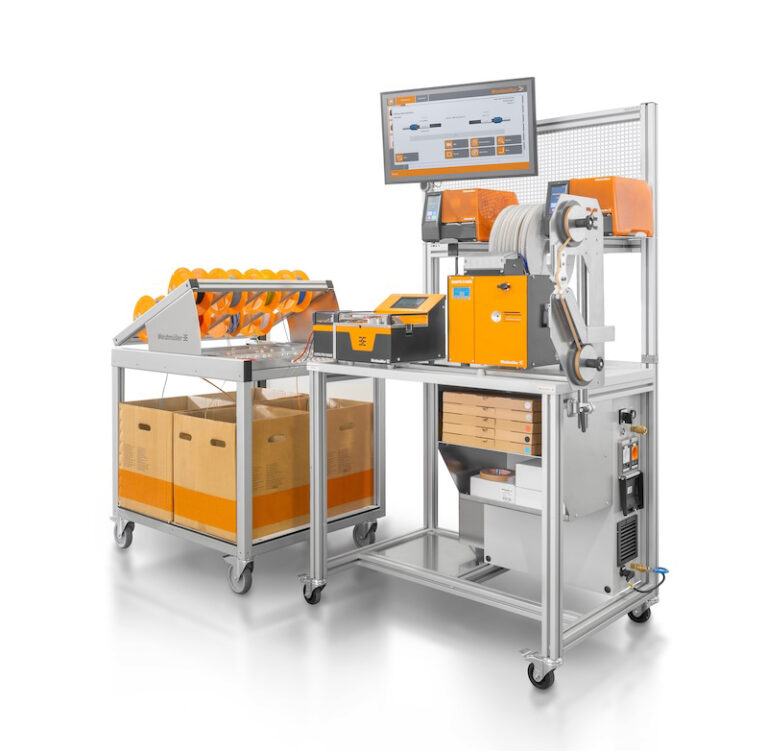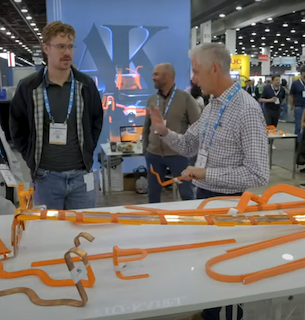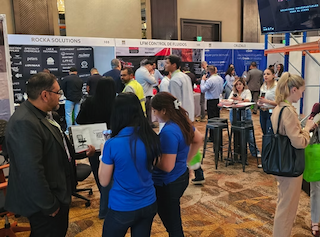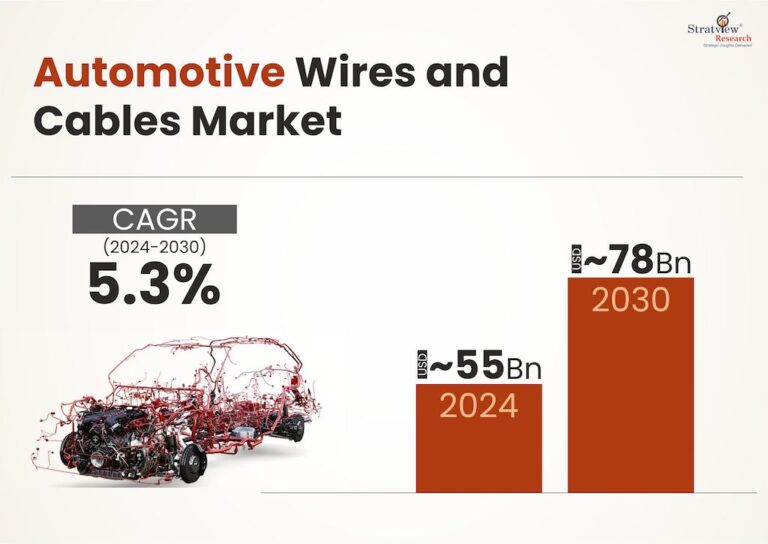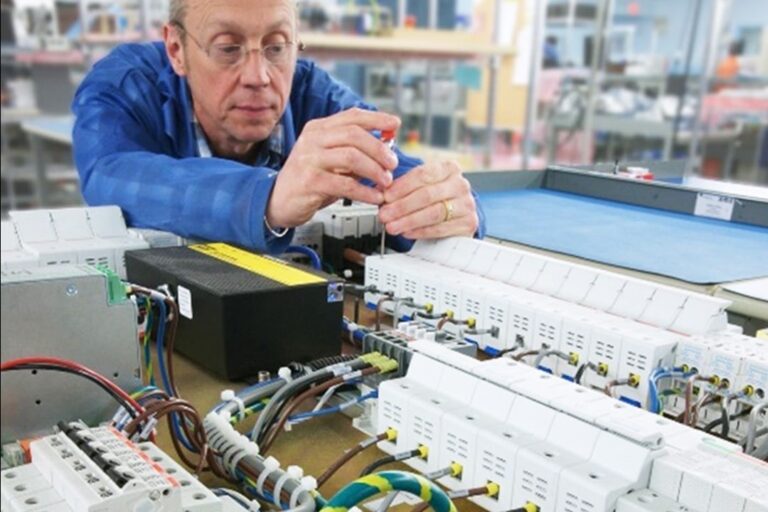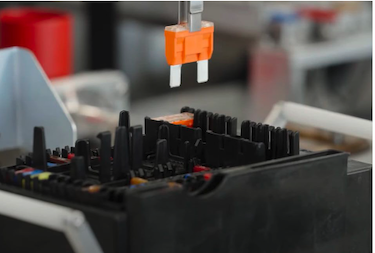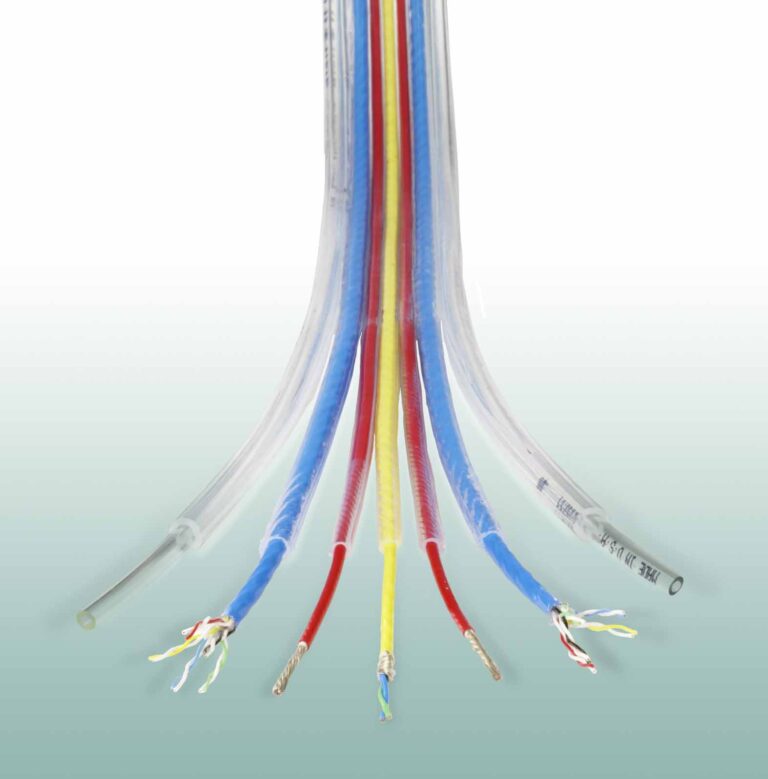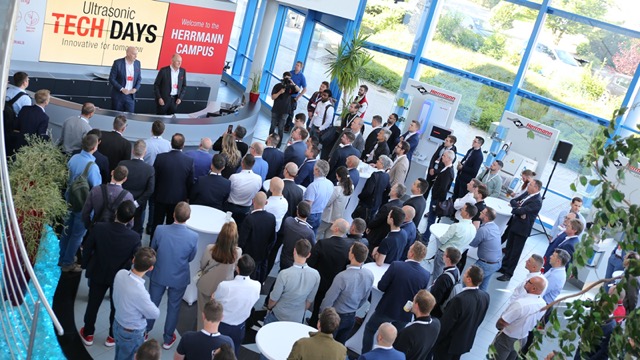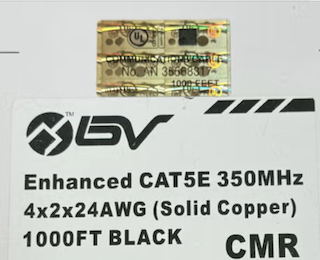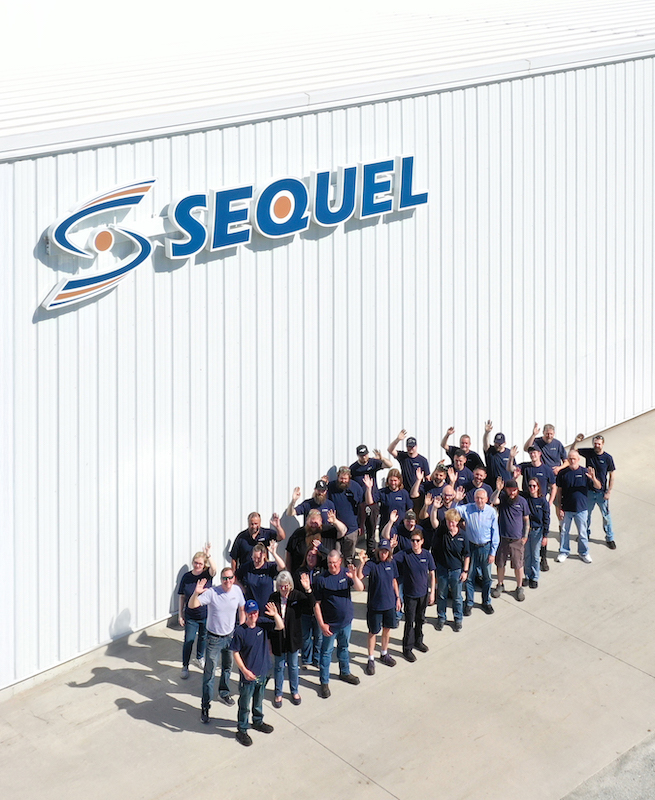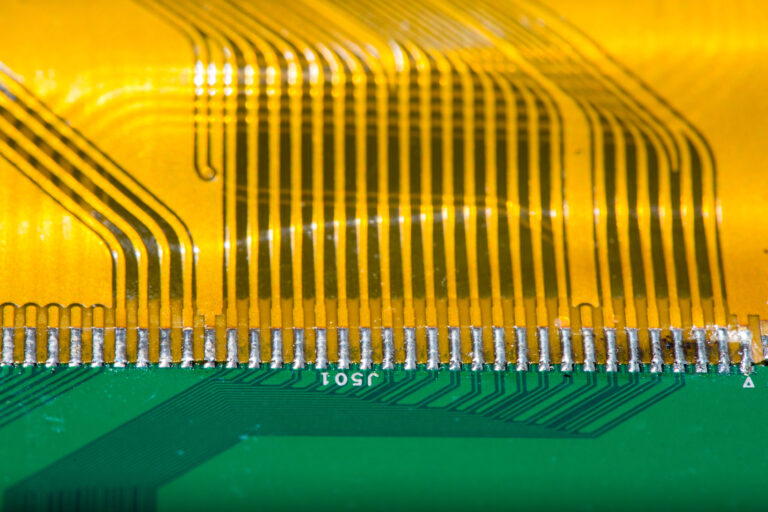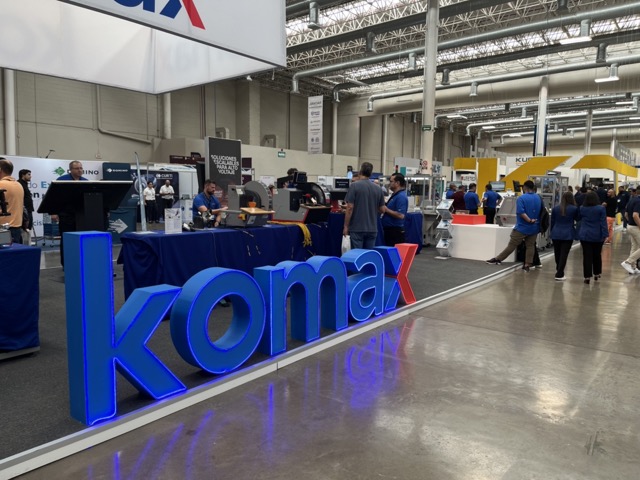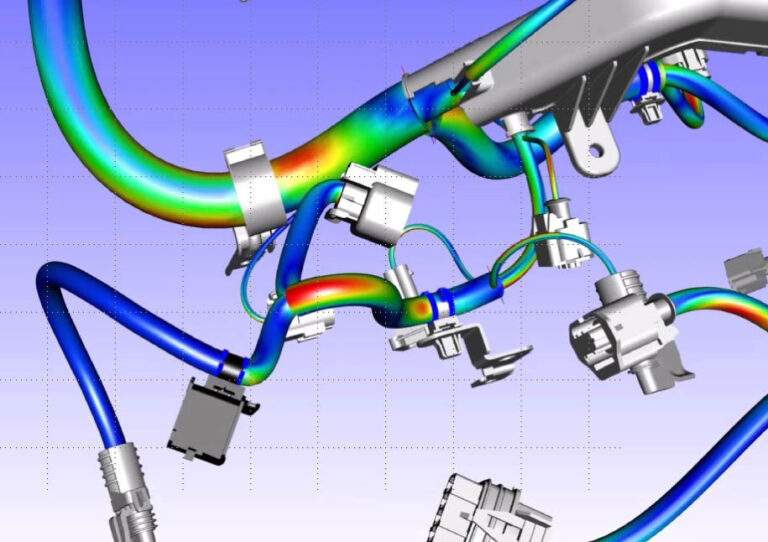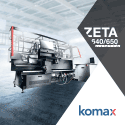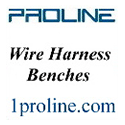In May 2020, Wiring Harness News featured a profile of Kinney Industries, a veteran wire harness manufacturer based in Huntsville, Alabama. The original article can be found here. At the time, the company was already well regarded in the defense and aerospace sectors for its technical rigor and long-standing client relationships. Nearly four years later, Kinney Industries has not only sustained its legacy but significantly evolved its capabilities.
We recently reconnected with Todd Westbrook, who continues to serve as a key strategic leader at Kinney. The company, while maintaining its core competency in wire and cable assembly, has increasingly expanded into engineering-led services that support earlier stages of the product life cycle.
“We recognized that customers needed more than just reliable builds. They needed guidance at the design stage,” Todd explained. “Since 2021, we’ve scaled our involvement to include connector selection, harness architecture, and specification development.”
Driven by a reduction in technical personnel within OEM engineering teams, particularly among DOD contractors, Kinney has responded by building internal technical depth. The company now supports a growing number of customers by developing complete technical data packages and design documentation.
“More of our engagements begin with conceptual collaboration,” Todd said. “We’re asked to define the physical interconnect strategy—not just to build it.”
This proactive posture has positioned Kinney as a strategic contributor rather than a transactional vendor. Whether they manufacture the final assembly or not, their early-stage input frequently influences design outcomes and ensures smoother production handoffs. “It’s not about securing every build,” Todd added. “It’s about building technical trust. That pays dividends over time.”
Supporting this evolution, Kinney has made deliberate capital investments to improve precision and scalability. The company’s cut-and-strip operations now feature benchtop automation from leading suppliers such as Komax—technology that balances throughput with the agility required for high-mix, low- to mid-volume production environments. “Our production strategy isn’t focused on large-scale automation,” Todd noted. “But targeted use of high-end benchtop systems allows us to increase repeatability without sacrificing flexibility.”
The company also continues to leverage hand assembly where necessary, recognizing that complex or low-quantity applications often benefit from the nuanced touch of experienced technicians.
One of the most visible changes at Kinney since 2020 is the expansion into system-level integration, including box builds. This has transformed their operational landscape. “Previously, our box build work was limited and infrequent,” Todd said. “Today, it’s become a central part of our production floor.”
To support this shift, Kinney Industries acquired a small machine shop, enabling faster turnaround on fixtures, panels, and housing components. This move reduced dependence on external vendors and has opened a new revenue stream. “Having in-house machining not only speeds up our internal processes, but also allows us to offer precision parts to select outside partners,” Todd said.
Alongside machining, Kinney has embraced 3D printing as a viable solution for low-run components such as brackets, enclosures, and support elements. With three printers running full-time, the capability now supports both internal needs and prototype requests from customers. “Additive manufacturing allows us to prototype rapidly and adapt designs on the fly,” Todd explained. “That’s especially useful in integration projects with compressed timelines.”
This readiness goes beyond equipment. It includes adherence to mechanical compliance standards, torque specifications, surface treatments, and functional testing. Kinney’s build documentation and QA protocols have kept pace with these increasing demands. “We’ve built out higher-level test and inspection processes to support integrated assemblies,” Todd said. “Customers want turnkey systems, and we’re structured to provide them.”
Despite all the technical advancement, Kinney Industries attributes much of its sustained growth to workforce stability. The team remains largely intact from 2021, a rare accomplishment in a tight labor market. “Retaining our core team has been critical,” Todd said. “It enables continuity in both quality and customer interaction.”
That consistency has allowed Kinney to further diversify its business. In addition to cable and harness manufacturing, the company now offers complete product design services including software and hardware development, industrial design and supply chain integration. ‘Fundamentally, we are now able to transition our customers from product concept to full production,” Todd added.
“One example of concept to production strategy is our handheld wireless wire harness tester, sold in partnership with DIT-MCO, which has seen international uptake,” Todd noted. “It’s now deployed in defense and aerospace facilities around the world.”
This diversification strategy isn’t just opportunistic—it’s structural. “Spreading operational risk across multiple service lines is essential,” Todd explained. “Markets shift. Having flexible revenue channels keeps us resilient.”
For a privately held manufacturer in operation since the 1970s, Kinney Industries ability to remain independent and adaptive is notable. “Not many shops our size have made it 50 years without merging or being acquired,” Todd said. “We’re proud of that—but it means we can’t afford to stand still.”
Looking ahead, Kinney Industries is positioned not just as a contract manufacturer, but as a fully integrated engineering and production partner. “We’re not just filling orders—we’re solving problems,” Todd noted. “That’s what will carry us into the next chapter.”
Given the pace and precision with which they’ve evolved since 2020, that next chapter looks very promising.


